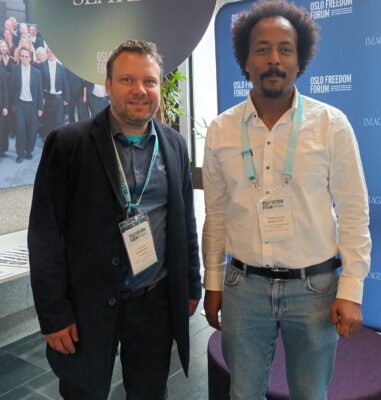By Ümit Kurt
What happened on April 24 is one of the most significant radical moments in the process of extreme violence and mass annihilation in the great tragedy that befell the Armenians. It was on this day that the extermination of Armenians began in Dörtyol, Adana, Marash and Zeytun, lasting until March 1915, then Konya, Anatolia, before stopping in Syria. On that same day, first in Istanbul and later in all of the provinces of Anatolia, the arrest of Armenian intellectuals began, which continued into June/July of 1915, leading to the murder of many around Çankiri, Ayas and Ankara.
Only a day later, British Imperial troops began to bombard Çanakkale from land and sea. The wrath of the Committee of Union and Progress (CUP), leaders of the Ottoman Empire, feeling pressed and their existence threatened, fell first upon the Armenian community and afterwards on all non-Muslim Ottoman subjects. The seizure of Armenian property was not just a byproduct of the genocidal policies of the CUP, but an integral part of the murder process; reinforcing and accelerating the intended destruction. The expropriation and plunder of deported Armenians’ movable and immovable properties was an essential component of the destruction process.
As Martin Dean argues in Robbing the Jews: The Confiscation of Jewish Property in the Holocaust, 1933-1945, ethnic cleansing and genocide usually have a “powerful materialist component: seizure of property, looting of the victims, and their economic displacement are intertwined with other motives for racial and interethnic violence and intensify their devastating effects.” In the same vein, the radicalization of CUP policies against the Armenian population from 1914 onward was closely linked to a full-scale assault on their property.
Thus, the institutionalization of the elimination of the Christian-Armenian presence was basically realized, along with many other things, through the Law of Abandoned Properties. These laws are structural components of the Armenian Genocide and were the basis of the legal system in the Republic. It is for this reason that we say that the Republic has adopted this Genocide as its structural foundation. Thus, a fresh look at the relationship between the Republic as a legal system and the Armenian Genocide must be taken.
The Law of Abandoned Properties is perceived as “normal and ordinary” in Turkey. Its existence has never been questioned in connection to the Genocide, which explains why the Armenian Genocide was ignored throughout the history of the Republic.









